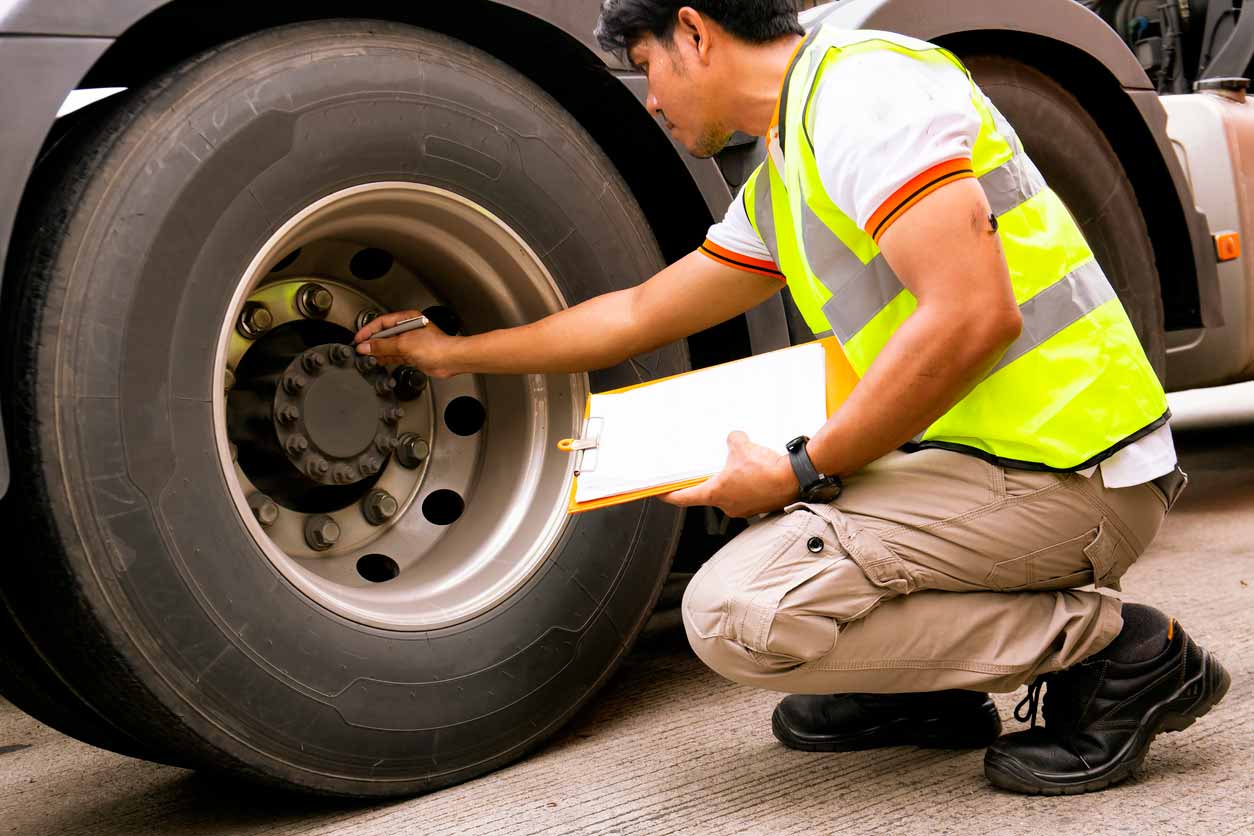
In today’s world, the operational cost of trucking depends majorly on fuel and tires. Both these elements are closely related to each other as improving the truck tires can significantly enhance the fuel economy, increasing the overall profit margin of any organization or industry.
However, the question is: how do truck tires help you save on fuel? Many factors contribute to improving fuel efficiency, such as tire quality, tire pressure, maintenance frequency, tread pattern, fuel efficient tires, and more. Let’s find out how best fuel mileage tires help you improve fuel efficiency.
Yes! Truck tires are a major concern when it comes to spending less on fuel. The reason behind this fact is simple physics. The truck tires are the only elements that are in physical contact with the road, and hence, any friction would cause the truck’s engine to exert more force. Thus increasing fuel consumption.
Having said that, certain factors play a part in this friction force, such as road conditions, tires’ rolling resistance, tread pattern, tire air pressure, and more. As per research conducted by National Academies Press, the rolling resistance can consume about 4-7% of a vehicle’s fuel energy, being transformed into mechanical energy.(1)
Now that you know your truck tires can save fuel for you, it’s time to break down and explore each factor in detail. Here we will also find out what can be the possible choice for fuel efficient tires in your truck!
One of the most important factors that affects the overall fuel efficiency and vehicle performance is the air pressure in tires. A deflated tire will increase the physical contact with the road, causing a surge in friction. Moreover, low air pressure will put the tire under stress and waste energy.
According to FuelEconomy.gov, a 0.2% decrease in fuel efficiency has been seen in vehicles with 1 psi less pressure than the designed rating.
Recommendation: It is recommended to keep an eye on every tire’s pressure individually. You can also invest in a Tire Pressure Monitoring System (TPMS) which displays the real-time air pressure in all tires on the dashboard. A warning light or alarm will be generated whenever the tire pressure gets lower than the critical limit.
Another major contributing factor is the rolling resistance of the truck tires. Rolling resistance is the force exerted in the opposite direction while a truck is moving on the road. A surge in rolling resistance will cause an increase in fuel consumption and vice versa. As per the reports, a 30% increase in rolling resistance can cause 4-5% more fuel consumption.
Recommendation: Installing low-rolling resistance fuel efficient tires is recommended. These tires reduce friction by improving the airflow through the treads, which results in better fuel economy.
The tread design of truck tires contributes towards the traction, which indirectly plays a role in fuel efficiency. Tires with deep treads and patterns offer more traction but are not considered the best fuel mileage tires. On the other hand, tires with shallow treads offer less traction but more fuel efficiency due to improved airflow and less rolling resistance.
Recommendation: There is very close competition between the wide base tires and lower rolling resistance tires. Wide base tires have a little edge in competition due to their ability to reduce the vehicle’s weight by 1%. It will not only increase the engine’s fuel efficiency but also improve the maneuverability of the truck.
Some other factors that have a minor impact on fuel efficiency but are still significant enough to consider, include maintenance frequency and load distribution on the axle. Let’s unfold these in detail:
Keeping the truck tire maintained is a way to improve the fuel economy. Make sure to check the tire condition, such as the alignment and balance, after every 5,000 to 8,000 miles. Moreover, keep an eye on the tires’ physical condition, such as cuts, bulges, or damage, especially for the inner tires of a large trailer, which are difficult to examine.
Many drivers might not know, but the axle configuration can also affect fuel consumption. If the weight of the truck is not evenly distributed over all the axle’s load-bearing points, the rolling resistance will increase, resulting in poor fuel economy. Make sure to check all the axles (configuration & lubrication) after 75,000 to 100,000 miles.
To conclude, multiple factors contribute to increasing the fuel economy and saving some money in operational costs of trucks. Truck tires’ physical condition, air pressure, weight distribution on axles, tread design, rolling resistance, and traction matter most of all. Improve your truck’s fuel efficiency by maintaining the tire pressure, proper load balancing on all axles, installing fuel efficient tires, and keeping an eye on regular maintenance. Overall, wide base tires or low rolling resistance dual tires are considered the best fuel mileage tires for your truck to save some bucks!
REFERENCES
(1) “Read ‘Tires and Passenger Vehicle Fuel Economy: Informing Consumers, Improving Performance — Special Report 286’ at Nap.Edu.” 3 The Tire’s Influence on Passenger Vehicle Fuel Consumption | Tires and Passenger Vehicle Fuel Economy: Informing Consumers, Improving Performance — Special Report 286 | The National Academies Press, nap.nationalacademies.org/read/11620/chapter/5. Accessed 11 Oct. 2024.